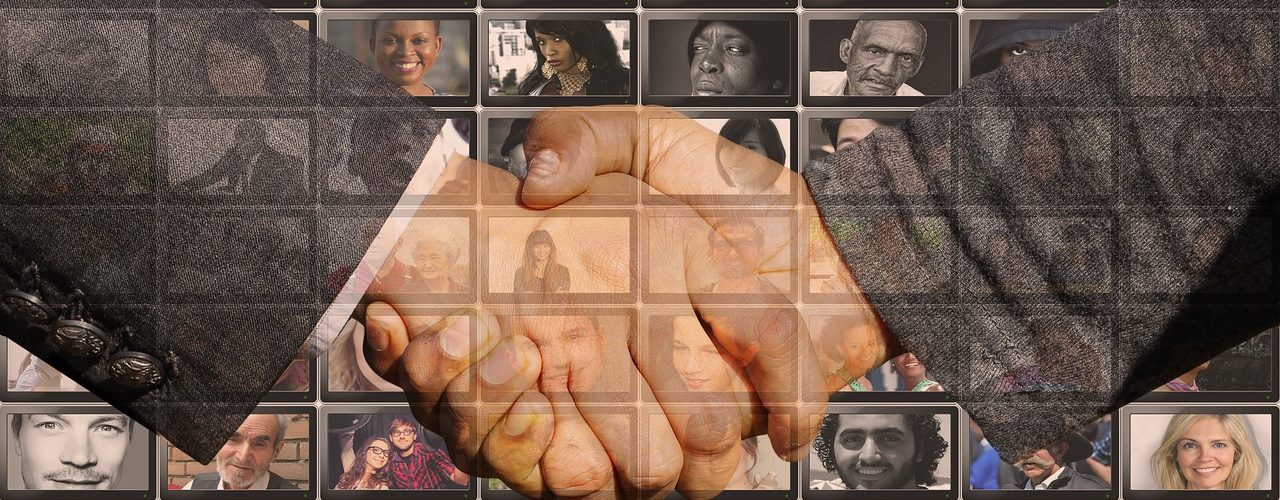Community media is often an unheralded resource that can help build communities and encourage diversity.
While it may be overlooked, Professor of Media Studies at DePauw University in the United States, Kevin Howley, says that community media (which includes radio, television and print services) can help counter a lack of diversity seen in commercial outlets, and answer a “profound sense of dissatisfaction with mainstream media form and content.”
“(Community media is ) dedicated to the principles of free expression and participatory democracy, and committed to enhancing community relations and promoting community solidarity,” he wrote in the book Understanding Community Media.
He points to places like the Wisconsin Community Media which claims to fill “a unique niche in the media landscape, providing communities with the opportunity to create programs of local interest and distribute them over cable TV, the Internet and low power radio stations”.
In his UNESCO guide to good community media practice, Steve Buckley argued community media acted in the public interest.
“(It was) developed in response to the needs of grassroots social movements and community-based organisations to find an accessible and affordable means to express their own issues, concerns, cultures, and languages, and to create an alternative to the national broadcaster and the growth of commercial media,” Buckley said.
Community broadcasting encourage diversity and allow for greater participation
Community broadcasting is alternative source to public service and commercial media, and it emerged when communities were denied a place for their views.
In 1970s the Australian community broadcasting represented marginalised groups who believed traditional media sources were not serving the interests of people.
Due to a profound sense of dissatisfaction with mainstream media form and content, broadcast community media has done much to enhance Australian cultural diversity.
Dr Rhonda Jolly, wrote in a social policy document for Federal Parliament, that community broadcasting “fosters citizen participation and helps to preserve cultural diversity, while promoting an overall Australian-ness”.
In the framework, community broadcasting promotes cultural diversity by ensuring strong local voices are heard in the media environment. This prevents the media from favouring the voice of ordinary Australians, since everyone is now given a fair chance to contribute to social and political discussion.
Community broadcasting is guided by the principles of free expression and participatory democracy. In this way, they are committed to enhancing community relations and promoting community solidarity.
The now retired journalism professor Michael Meadows wrote that “community broadcasting in Australia empowers audiences to re-engage in the processes of democracy at the grass roots’ level creating social coherence through diversity”.
Therefore, Jolly argued, community broadcasting could be considered as “an important space in citizen participation, though neglected, media sector”.
Community radio facilitates the maintenance and representation of cultural taste
Community radio is a particularly important component in the Australian cultural landscape.
Community radio operates in the community, for the community, about the community and by the community.
Latin American Coordinator for the World Association of Community Radios (AMARC), José Ignacio López Vigil said “when everyone’s words fly without discrimination or censorship, that is community radio”.
Therefore this cultural resource is effective in the settlement of many cultures, it creates social change and enables communities to voice their ideas.
“The growth of community radio is a story of people and communities striving to speak out and to be heard. Community radio has provided a means of empowerment and of self-reliance. It has enabled people to engage in dialogue about their conditions and their livelihoods. And it has contributed to the defence of cultural and linguistic diversity,” Buckley said.
There are many radio stations which give power to communities by helping them remain connected with their culture.
For example, Radio 2XX FM delivers programs that interest the Korean, Finnish, Chinese, Greek and Spanish communities.
Another one was the Umeewarra Aboriginal media association which was its radio work on 89.1 was crucial in reflecting and maintaining Indigenous and other cultures.
“Umeewarra Radio 89.1 FM in South Australia states its aim clearly—to promote the important role Aboriginal people play in the region and to discuss the issues Indigenous people face in today’s society. Umeewarra FM promotes reconciliation through the sharing of cultural information and breaking down barriers”.
Similarly, 3CR is a community-owned radio stations which gives communities the power of voice. It values the voices of women, Aborigines, workers, refugees and those who are misrepresented.
Without community media in all of its forms, the world is much more flat and grey.
Community media allows us to learn from experiences and cultures that are not our own.
It also empowers communities, provides them with access to voice and promotes cultural diversity.


